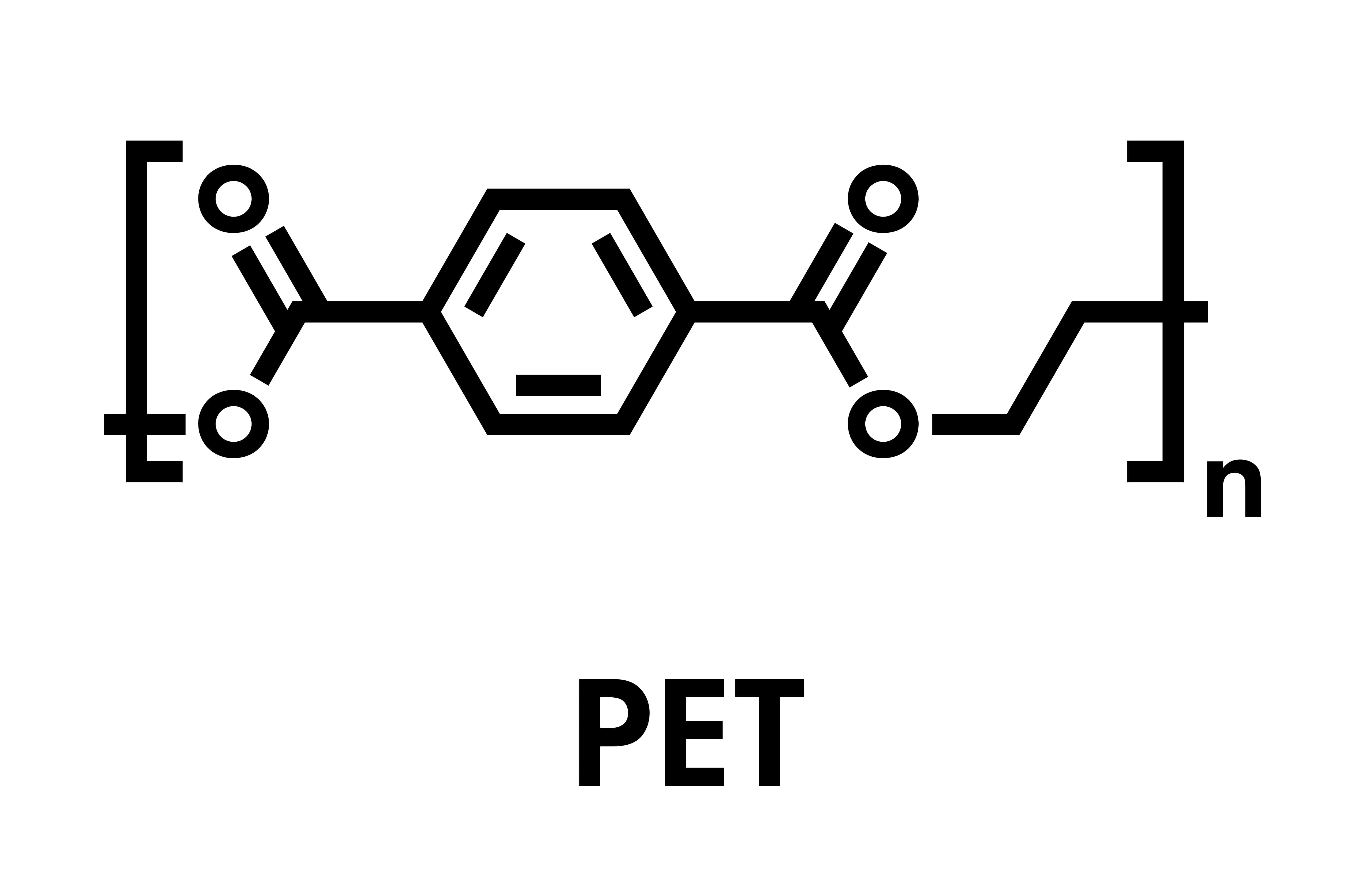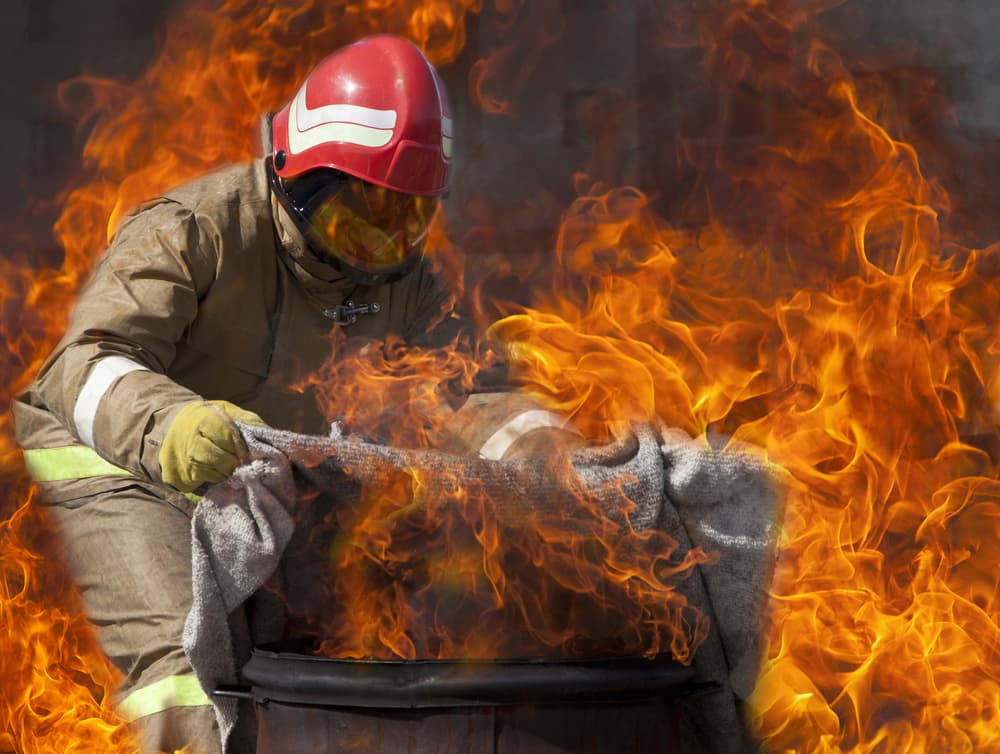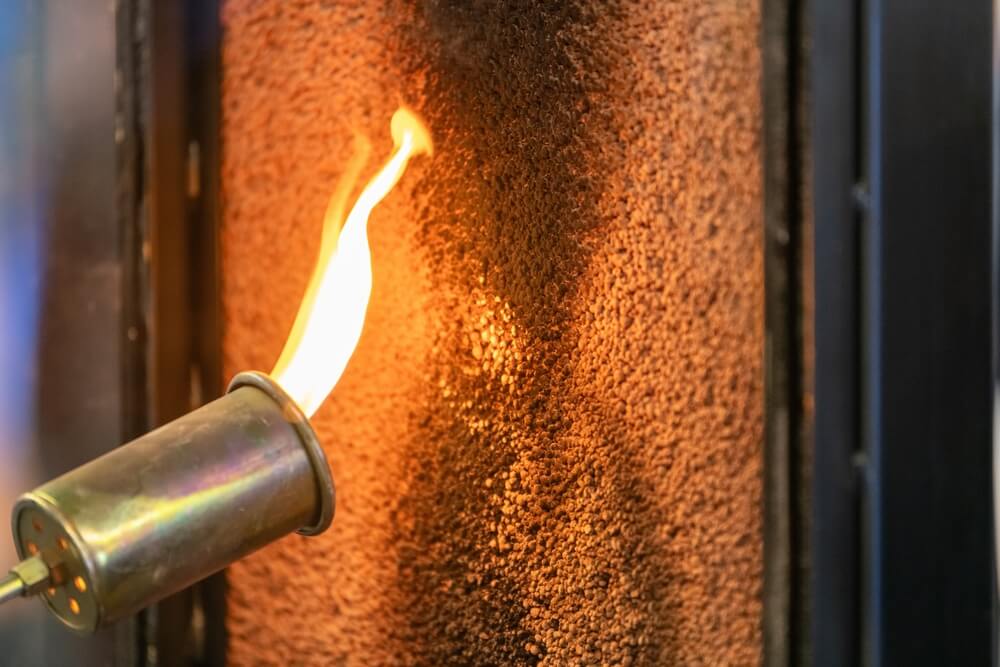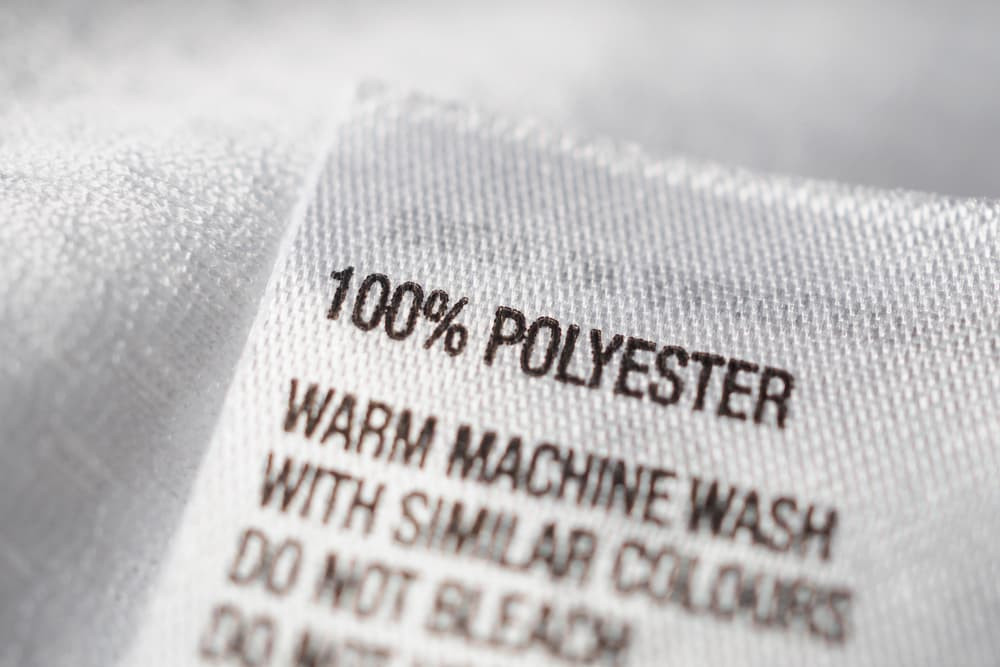Fire vs. Materials: Is Polyester Flame Retardant?
Today, fire prevention is a national priority, particularly for companies that work closely with highly flammable materials. However, this concern is not limited to enterprises. At home, you may be surprised by the number of combustible materials surrounding you.
Fire safety precautions include identifying:
- Flame-retardant materials that can save your life
- Flammable items that can hurt you. They can be anything from sofas to curtains, clothing, and furniture.
Polyester is the most extensively used fiber in the textile industry for various applications. This is due to its characteristics: it is a strong, durable, easy-to-dry, soft, and absorbent material. So, it's likely that you'll encounter polyester in your house or business. Nevertheless, the question is: is polyester flame retardant?
At RDR Technologies, we want the best for our customers. That is why, in this edition of fire vs. materials, we will discuss:
- What is polyester
- Its level of fire retardancy
- Its treatment with fire retardant chemicals for added safety
What is Polyester?
Polyester is a synthetic fiber made from petrochemicals, primarily derived from petroleum. It is widely used in textiles for clothing, home furnishings, and industrial applications. This is due to its durability, resistance to shrinking and stretching, and ability to retain shape.
Polyester is also resistant to wrinkles, moisture, and quick to dry. This makes it a popular choice for activewear, outerwear, and fabrics that require low maintenance. It can be blended with natural fibers like cotton to enhance softness and breathability while maintaining its synthetic qualities.
The Chemical Composition of Polyester
Polyester is a synthetic polymer made from polyethylene terephthalate (PET). This fabric is resistant to heat, shrinking, and mildew, so it is commonly used for garments.
We can find polyester in many items due to its versatility. It is used for clothing, furniture and upholstery, carpets and rugs, blankets, curtains and draperies, pillows, and many more.
The chemical composition of polyester is the cause of its flame retardancy. Specifically due to two monomers: ethylene glycol and terephthalic acid.

These two monomers form the following structures - polyethylene terephthalate and polyester, a polymer containing both monomers.
The molecular structure is made up of individual strands of molecules that are tightly woven together.
The tightly woven structure also makes the fabric more resistant to heat. This is why it is often used for protection from heat and fire hazards.
Is Polyester Flame Retardant?
Many people who must deal with fire in their jobs question if polyester is flammable. Polyester is considered one of the most flame-retardant materials available on the market. This is because it is not inherently incendiary. It means that it is difficult to ignite and is unlikely to catch fire.
When exposed to flame, the fabric does not burn easily. Instead, it chars and melts slowly. The flame-retardant polyester fabric is not fireproof but provides an additional layer of protection. In addition to its flame-retardant properties, polyester is also resistant to chemicals. Furthermore, it is strong enough to withstand wear and tear.

It is important to remember that some fabrics may require additional protection from flame or heat.
Fire retardants are chemicals applied to fabrics to reduce flammability and slow flame spread.
It is important to ensure that fabric is treated with fire retardants to provide maximum fire protection.
Different presentations of fire retardants, such as liquids, sprays, and powders, can be added to the fabric. These can be applied depending on the type of treatment required.
How to Treat Fabric With Fire Retardant?

Treating fabric with fire retardant is an important safety measure, especially in commercial or public spaces. Here’s a simple guide on how to do it:
Step 1: Choose the Right Fire Retardant
Select a fire retardant product that is compatible with the type of fabric you want to treat. Different materials like cotton, polyester, or blends may require different solutions.
Step 2: Clean the Fabric
Ensure the fabric is clean and free of dirt, dust, or oils. This helps the fire retardant adhere properly to the fibers.
Step 3: Apply the Fire Retardant
Follow the manufacturer’s instructions carefully. Fire retardants can be applied via spray, soaking, or brushing. Make sure to cover the entire surface of the fabric evenly.
Step 4: Dry the Fabric
After application, allow the fabric to dry thoroughly. Some fire retardants may need heat activation. Therefore, check if the process involves ironing or placing the fabric in a dryer.
Step 5: Reapply as Needed
Fire retardant treatments can wear off over time or after washing. Check the fabric periodically and reapply the fire retardant if necessary, especially after laundering.
Can Polyester Be Treated With Fire Retardants?
Even though polyester is flame retardant, you can still treat it with fire retardants before and after fabrication. This increases the fabric's fire resistance and boosts its flame retardancy.
The procedure of applying fire retardants in polyester during fabrication consists of adding the chemical to the spinning solution of the fabric. Thus incorporating the flame retardant into the material during its manufacturing process.
When applied after fabrication, the flame retardant is injected into the fabric using aerosol or spray methods.
A-Z Fire Retardants With RDR Technologies
At RDR Technologies, we offer a variety of flame retardants and fire protection solutions for fabrics. We provide A-Z flame retardant products specifically engineered to meet fire safety requirements.
Our flame retardants have been tested and certified to meet international standards. Also, they offer long-lasting protection to fabrics, including polyester.
Our products are easy to use, cost-effective, and safe. In addition, we are the only national distributor for multiple manufacturers of fire retardants and related chemicals.
Contact us today, and we will gladly assist you with the best fire retardant for your needs.
Read Next
What Can You Put on Wood Substrate to Make it Fire Resistant?
Is Spray Foam Insulation Fire Retardant?
Learn Why Are Christmas Trees Sprayed With Fire Retardants
What Is in Fire Retardants Dropped From Planes?
Recent Posts
-
Halloween Decor Safety: Protecting Costumes, Props & Haunted Houses with Fire Retardants
Halloween is one of the most creative holidays of the year. From glowing jack-o’-lanterns to elabora …Nov 5th 2025 -
Cost-Benefits of Investing in Fire Retardant Coatings
In today’s construction and safety-conscious environment, protecting buildings, assets, and people h …Nov 5th 2025 -
Fire Resistant vs Fire Retardant vs Intumescent: What's The Difference
When it comes to fire safety, the terms fire-resistant, fire-retardant, and intumescent are often us …Nov 5th 2025




